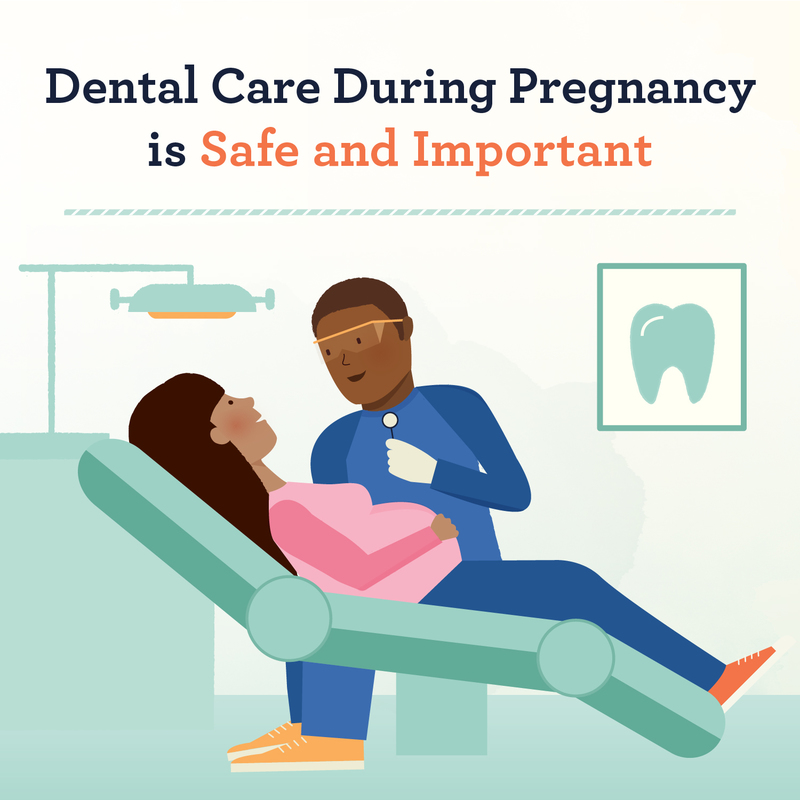Ensure You Are Gotten Ready For Unexpected Oral Emergency Situations By Having The Ability To Recognize The Symptoms Of Trauma And Recognizing When To Look For Immediate Medical Interest
Ensure You Are Gotten Ready For Unexpected Oral Emergency Situations By Having The Ability To Recognize The Symptoms Of Trauma And Recognizing When To Look For Immediate Medical Interest
Blog Article
mouse click the up coming webpage -Brady Sonne
If you really feel an unexpected shock of discomfort or notice a tooth injury, it can be upsetting. But how do you determine if it's a dental emergency situation that requires instant attention? Recognizing the important indicators and knowing when to seek aid can make all the difference in protecting your dental health and wellness. Recognizing when to act promptly might indicate the difference between a quick fix and more comprehensive therapy.
Common Types of Dental Injury
What're the typical types of dental trauma that you should be aware of?
Mishaps can take place, resulting in numerous types of dental injuries. One common sort of dental injury is a broken tooth. This can occur from attacking down on something tough or experiencing an impact to the face.
One more type is a broken tooth, where a part of the tooth can chip off. In dental and implants , you might experience a knocked-out tooth, which can happen throughout sports or falls. It's essential to deal with the tooth very carefully and seek prompt dental attention.
Oral injury can also include a tooth that has been pushed out of placement or loosened because of an injury. This type of injury requires punctual therapy to save the tooth.
Finally, soft cells injuries in the mouth, such as cuts, can additionally take place from mishaps. Learning about these typical sorts of oral trauma can aid you act quickly and properly in case of an emergency.
Indicators of Dental Emergencies
Recognizing the indicators of oral emergency situations is crucial for prompt action and proper treatment. If you experience extreme tooth discomfort that's constant and pain, it could suggest a hidden issue that needs prompt focus.
Swelling in the gum tissues, face, or jaw can also signify a dental emergency, specifically if it's accompanied by pain or high temperature. Any type of trauma to the mouth leading to a broken, damaged, or knocked-out tooth needs to be treated as an emergency to avoid further damage and possible infection.
Hemorrhaging from the mouth that does not stop after using stress for a few mins is one more red flag that you need to seek emergency dental care. Additionally, if you see any kind of indicators of infection such as pus, a foul taste in your mouth, or a high temperature, it's important to see a dentist immediately.
Ignoring these signs can result in a lot more major issues, so it's important to act promptly when confronted with a prospective oral emergency.
Value of Immediate Treatment
Trigger action and instant treatment are important in addressing oral emergencies to prevent further complications and make certain optimum results for your oral wellness.
When faced with an oral emergency situation, such as a knocked-out tooth or extreme tooth pain, seeking instant treatment can make a considerable difference in conserving your tooth and minimizing discomfort. Postponing therapy can result in infection, boosted discomfort, and also irreversible damages to your teeth and gums.
By looking for mouse click the up coming document , you raise the chances of effective therapy and remediation. Dental practitioners have the needed abilities and equipment to attend to emergencies effectively, reducing the danger of long-lasting consequences.
Additionally, prompt treatment can aid handle discomfort and discomfort, allowing you to resume your day-to-day activities without disturbance.
Conclusion
In conclusion, recognizing oral trauma and knowing when to seek first aid is crucial for maintaining dental health and wellness.
By identifying typical kinds of dental injuries and the indicators of dental emergencies, you can guarantee prompt care to protect against more damages and difficulties.
Keep in mind, seeking immediate treatment can save teeth, minimize discomfort, and boost the chances of successful healing.
Do not hesitate to look for help from a dental specialist if you experience any type of indications of oral trauma.
